Understanding AHI – apnea-hypopnea index
What is ‘AHI’ on a Sleep Test?
The AHI is an acronym for “apnea-hypopnea index.” It records the number of apnea and hypopnea episodes per hour of sleep supervision in order to analyses them and determine the degree of sleep apnea severity the patient suffers from.
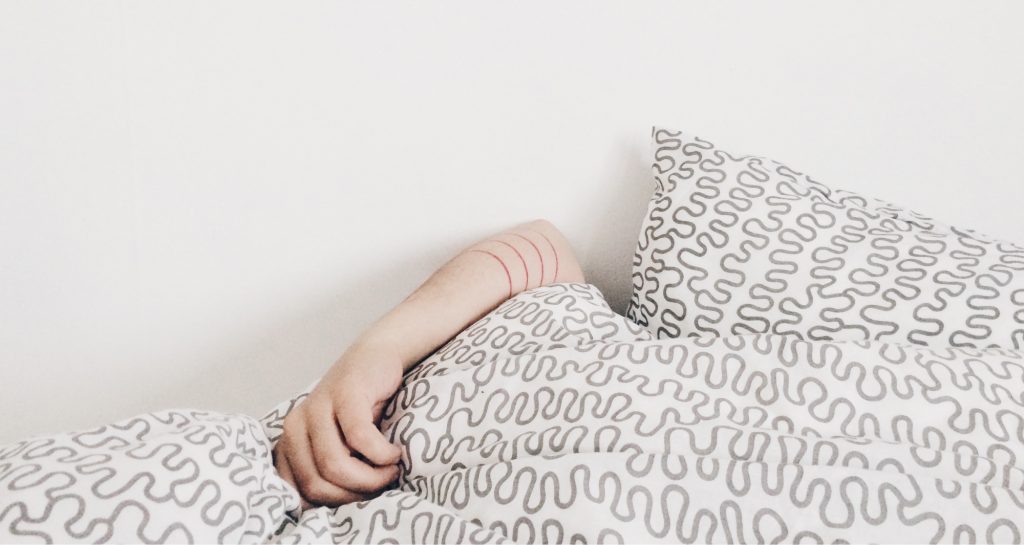
An apnea episode is defined as a pause in breathing, for at least 10 seconds, which is associated with a decrease in blood oxygenation. Apneas are a type of abnormal respiratory event that occurs during sleep.
Hypopneas are the other major type of abnormal sleep breathing event scored on a sleep study, they are episodes of significantly reduced airflow (but they fall short of total airflow cessation) that are associated with either an oxygen desaturation or a brain awakening (arousal). Overall, hypopneas are more common than apneas.
Based on the existing medical research, the AASM defines a hypopnea as requiring an oxygen desaturation of ≥3%.
To calculate AHI
To calculate AHI, and the total number of apnea events, plus hypopnea events and divide by the total number of minutes of actual sleep time, then multiply by 60.
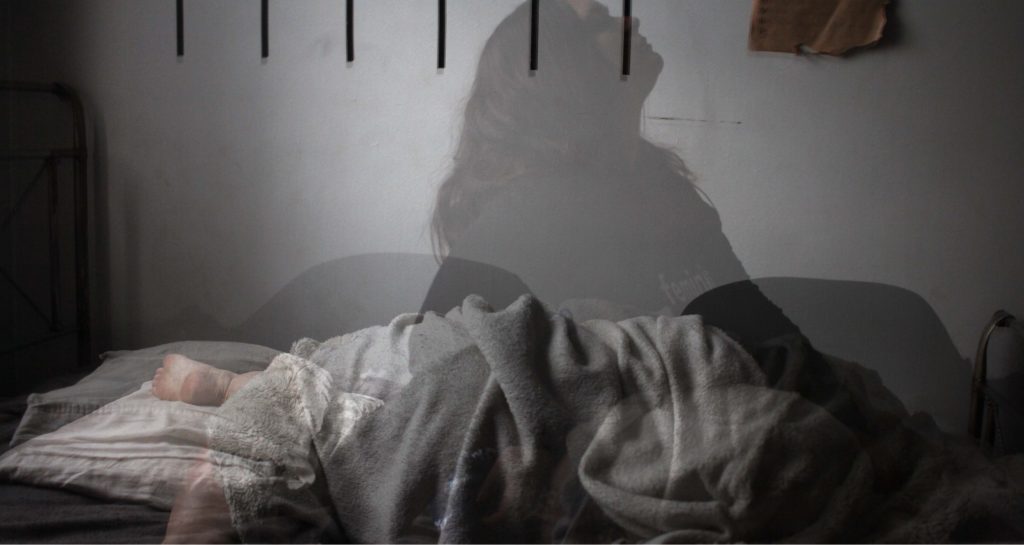
Example:
• 80 apneas, 130 hypopneas (210 total events)
• 420 minutes actual sleep time (7 hours X 60)
• Divide 210 by 420 = 0.5 X 60 =30 AHI (Severe OSA)
The severity of OSA’s as defined by the American Academy of Sleep Medicine Task Force (1999) is:
• AHI < 5 normal
• 5 ≤ AHI < 15 Mild
• 15 ≤ AHI < 30 Moderate
• 30 ≤ AHI Severe
The AHI determination is often used in polysomnography with oximeters to determine the oxygen desaturation levels or the Respiratory Disturbance Index (RDI). Polysomnography can also evaluate the number of shallow breaths per studied period.
The following table explains the four degrees of severity and their apnea/hyponea associated episodes and the correlated oxygen saturation levels:
| Sleep apnea severity | AHI / hour | Oxygen saturation |
| None/Minimal | 0 – 4 | 96 – 97% |
| Mild | 5 – 14 | 90 – 95% |
| Moderate | 15 – 29 | 80 – 89% |
| Severe | 30 or more | <80% |
Documented symptoms include impaired cognition, insomnia or documented hypertension, ischemic heart disease, or history of stroke. AHI addresses to adult patients.
Comments (5)
Leave a Reply Cancel reply
Recent Posts
- Black Friday Sleep Tech Mega Sale — Up to 58% OFF Smart Rings & Anti-Snoring Devices
- Finally, Sleep Naturally Again — The Mask-Free Way to Rest Better and Wake Up Refreshed
- How to Prepare Your Body Before Surgery for Better Recovery and Long-Term Success
- Stop Snoring Naturally: How MRD_M2 Helps Couples Sleep Better and Reconnect
- GO2SLEEP 3 Review: The Most Accurate Science-Backed Sleep Tracker Under $110
ALL ARTICLES
Subscribe Us
Products
Company
Copyright © SLEEPON. All rights reserved.
SLEEPON keeps both Sleeponhealth and Sleepon.us due to the brand upgrading. We promise to provide the same products and service in both sites.
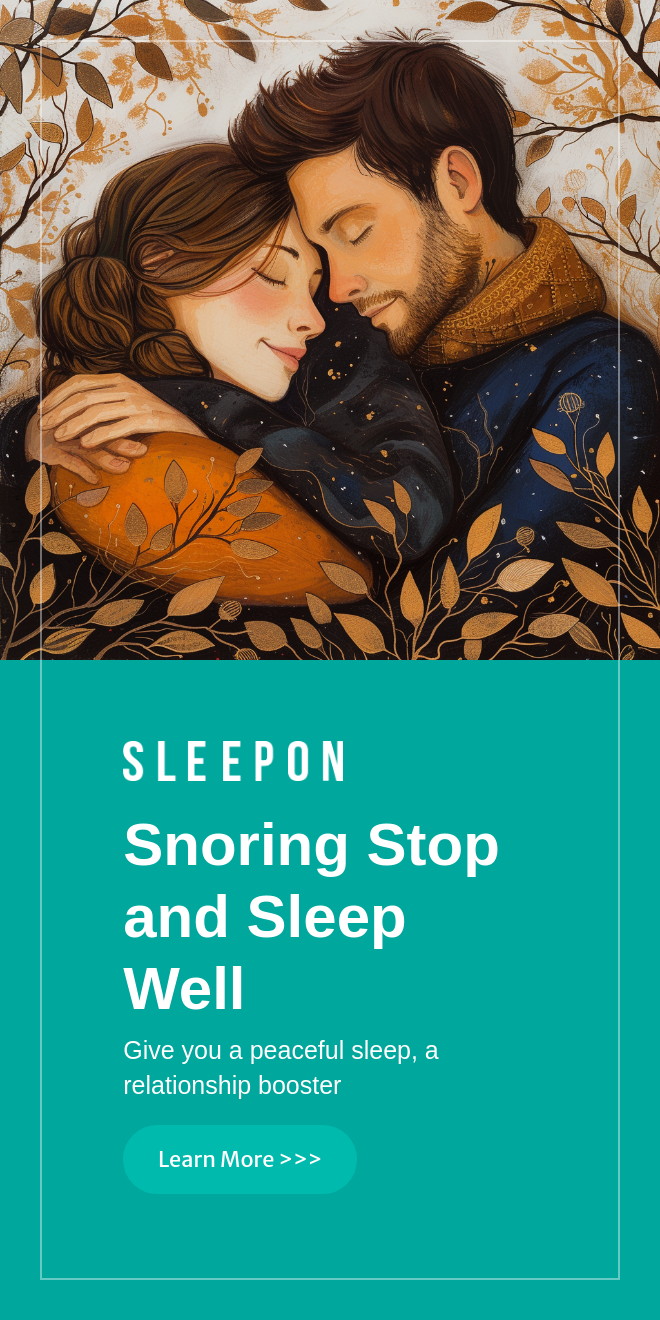
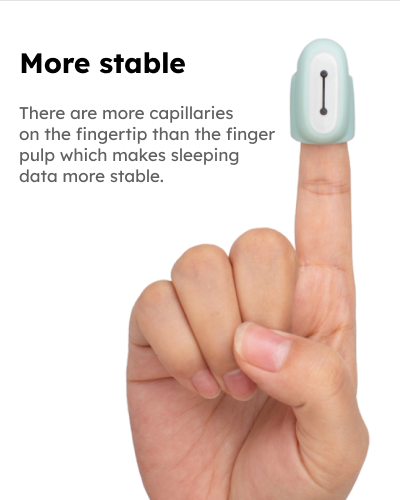
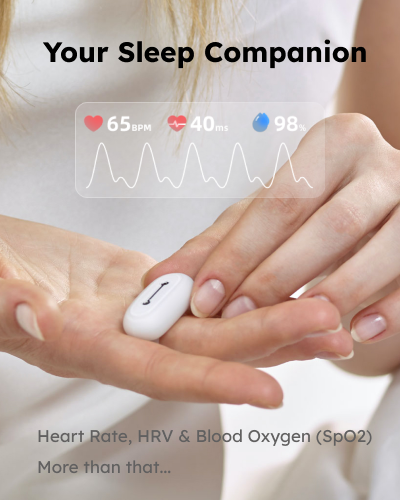


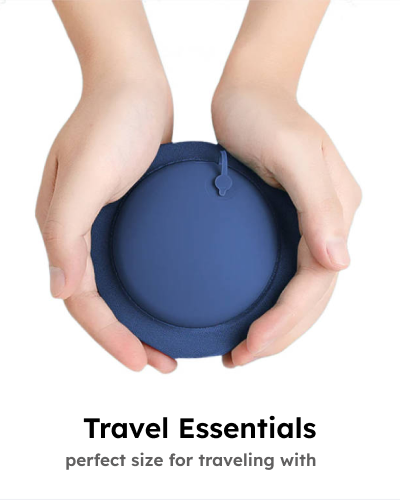
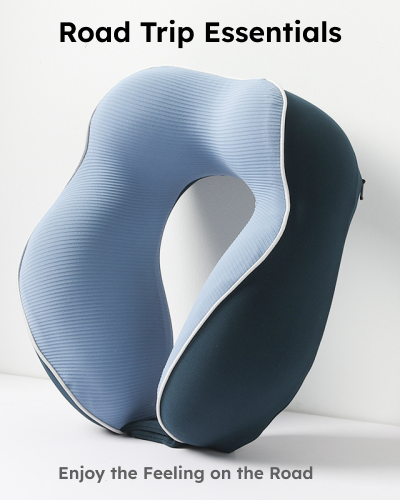
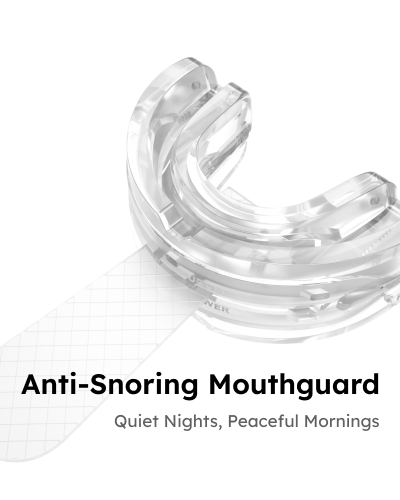
Great article! The AHI is a key indicator, and this breakdown helps individuals grasp its importance in assessing sleep quality.
Understanding AHI – apnea-hypopnea index – SLEEPON
daily heartburn relief quinapril without prescription
… [Trackback]
[…] Informations on that Topic: sleepon.us/ahi/ […]
After study a couple of of the blog posts on your website now, and I really like your manner of blogging. I bookmarked it to my bookmark website list and can be checking back soon. Pls try my website online as properly and let me know what you think.